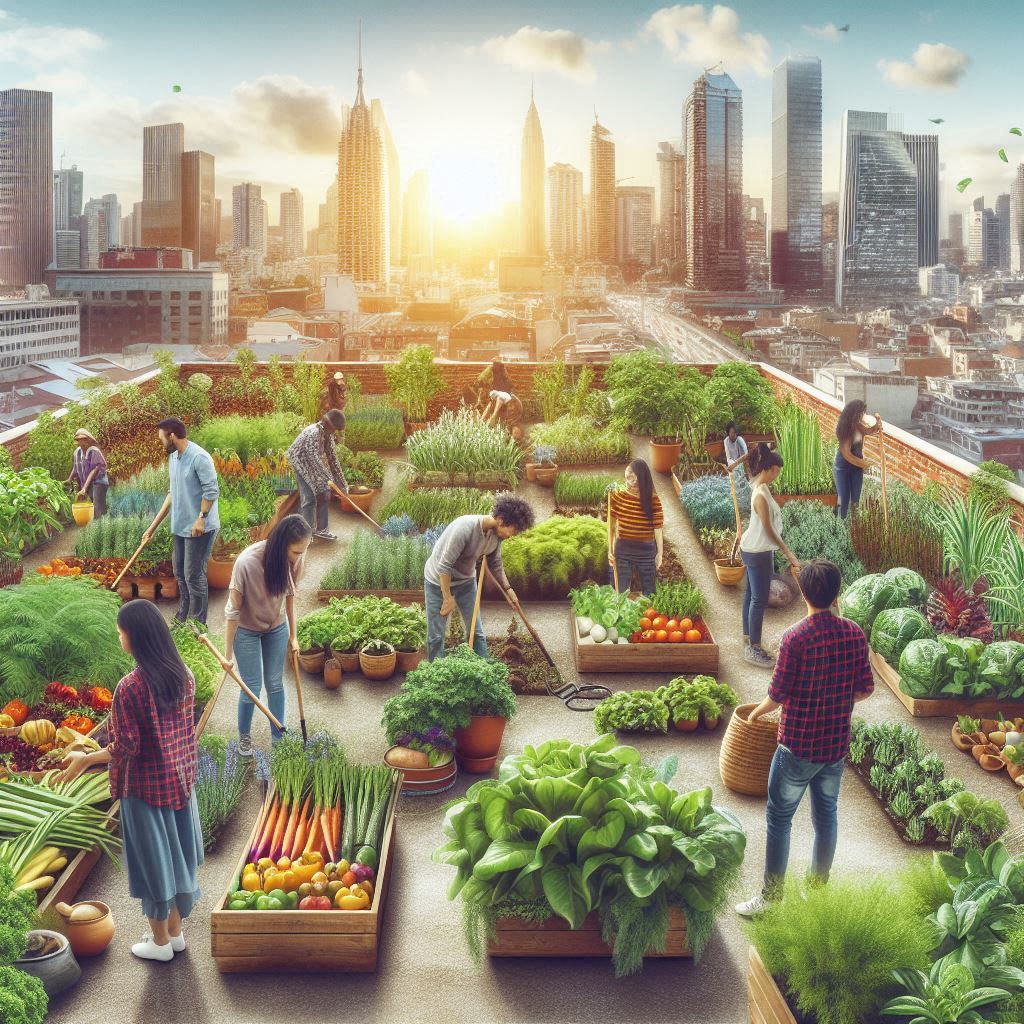
In today’s world, where abundance and scarcity exist side by side, food insecurity still casts a long shadow over millions of lives. It’s a daunting challenge, but amidst this, urban farming stands as a source of hope and possibility. This isn’t just about growing food—it’s about communities coming together, transforming unused spaces, and reclaiming a connection to something as essential as the food we eat. Let’s explore how urban farming is making waves in combating food insecurity and why it matters more than ever.
Understanding Food Insecurity: A Challenge We Can’t Ignore
Food insecurity means not having reliable access to enough nutritious food. It’s caused by a mix of factors—poverty, systemic inequalities, and even the geography of where people live. For urban communities, the problem is often compounded by “food deserts”—areas where fresh produce is scarce but fast food and processed options abound.
The results are sobering: higher rates of malnutrition, health problems, and a widening gap between those who can afford nutritious food and those who can’t. But here’s where urban farming shines—it meets this challenge head-on by providing fresh, locally grown food where it’s needed the most.
How Urban Farming Makes a Difference
1. Growing Access to Fresh, Healthy Food Imagine turning an empty lot, a schoolyard, or even a rooftop into a thriving garden. Urban farms do just that, bringing fresh fruits, vegetables, and herbs to the very neighborhoods where they’re hardest to find. By cutting out the transportation and middlemen, these farms make healthy food affordable and accessible for everyone.
2. Building Stronger Communities Urban farming doesn’t just grow food—it grows relationships, too. Community gardens become spaces where neighbors connect, learn new skills, and work toward a shared goal. There’s something deeply empowering about planting a seed, nurturing it, and sharing the harvest with your community. It creates a sense of pride and self-reliance that goes far beyond the garden gates.
3. Boosting Local Economies Urban farms also have an economic ripple effect. They provide jobs, training, and entrepreneurial opportunities. Whether it’s selling produce at a local farmer’s market or starting a small composting business, urban farming creates pathways for economic growth—even in areas that have faced significant challenges.
Real Stories of Success: Urban Farming in Action
Take Detroit, for example, a city that’s turned its challenges into opportunities. Organizations like The Greening of Detroit have transformed vacant lots into lush gardens, supplying fresh produce and fostering community resilience. Similarly, Singapore has taken urban farming to new heights—literally—with innovative vertical farms that grow an abundance of food in minimal space. These stories show what’s possible when creativity meets determination.
Challenges and Opportunities
Of course, urban farming isn’t without its hurdles. Finding suitable land, securing funding, and gaining public support can be tough. Policies often need to catch up to fully embrace the potential of urban agriculture.
But here’s the silver lining: every challenge presents an opportunity. Cities can adjust zoning laws to favor urban farming, schools can incorporate farming into their curriculums, and public-private partnerships can provide the resources to help these farms flourish. The momentum is building, and the possibilities are endless.
Why This Matters Now
With climate change, economic uncertainty, and global food systems under pressure, urban farming offers a sustainable, localized solution. It’s about more than just growing food; it’s about growing resilience—creating cities that can weather challenges while ensuring no one goes hungry.
The Path Forward
At its heart, urban farming is a movement rooted in hope and action. It transforms overlooked spaces into thriving hubs of nourishment and connection. By tackling food insecurity head-on, it brings communities together, empowers individuals, and creates a brighter, more sustainable future.
The beauty of urban farming is that it starts small—a garden box on a rooftop, a few rows of vegetables in an empty lot. But its impact? That’s boundless. It’s up to all of us—neighbors, educators, policymakers, and dreamers—to nurture this movement and let it grow.

